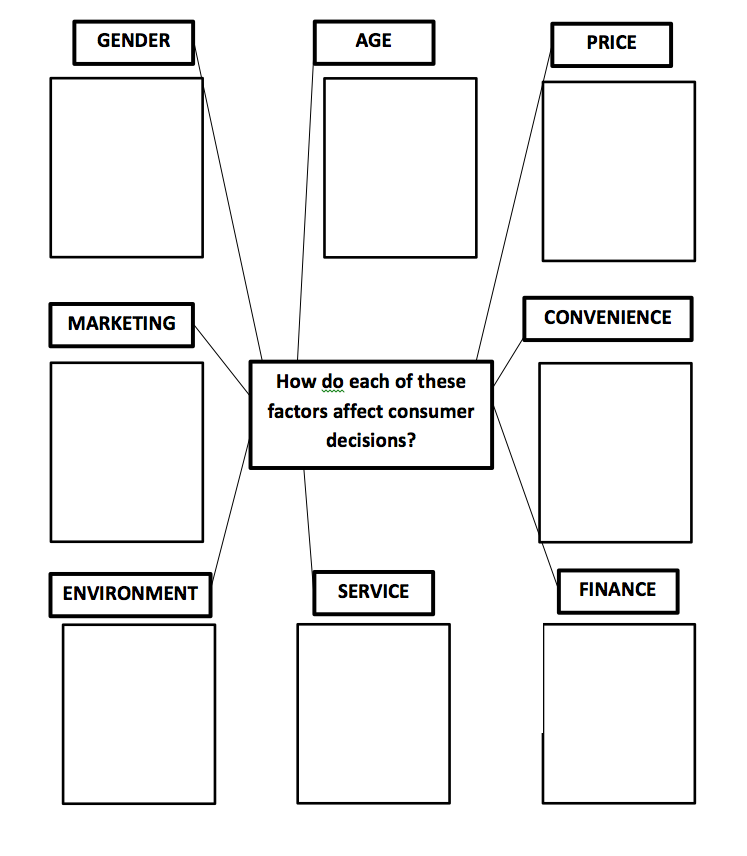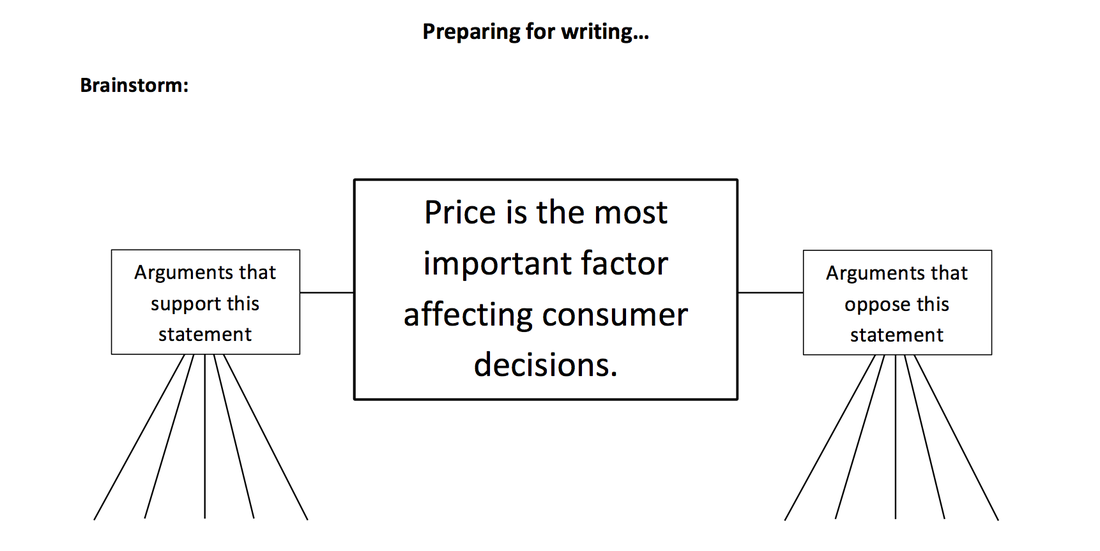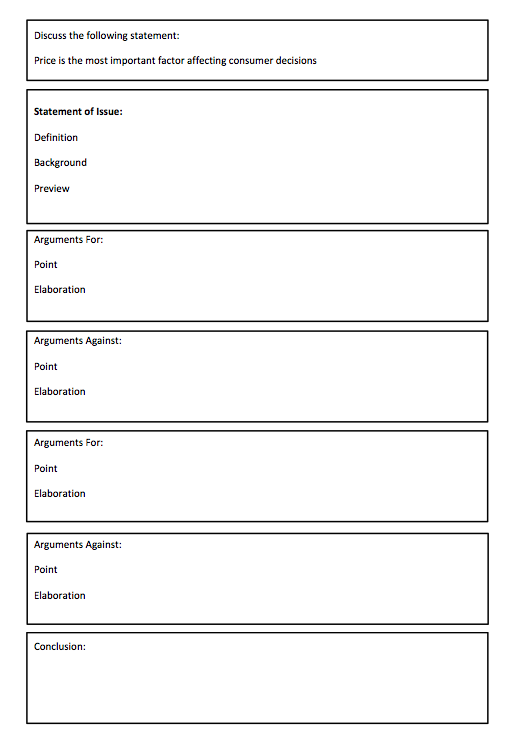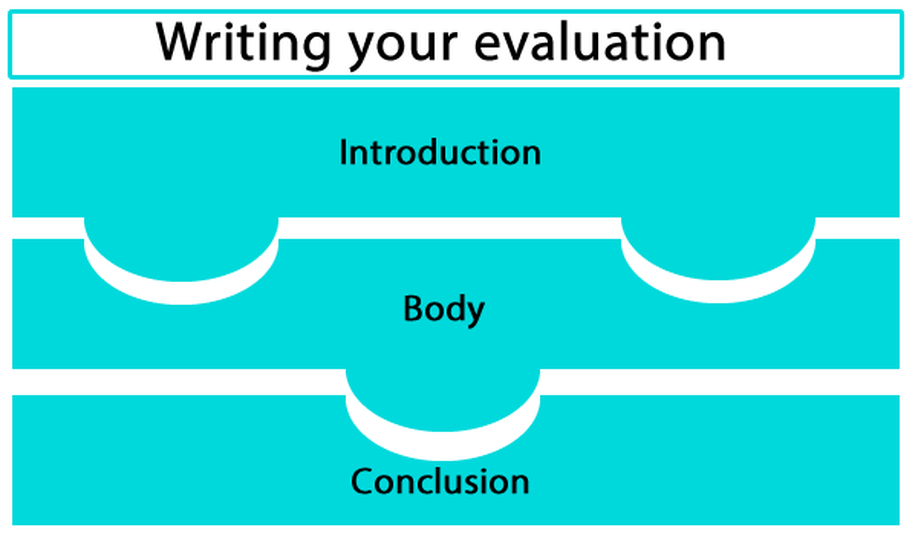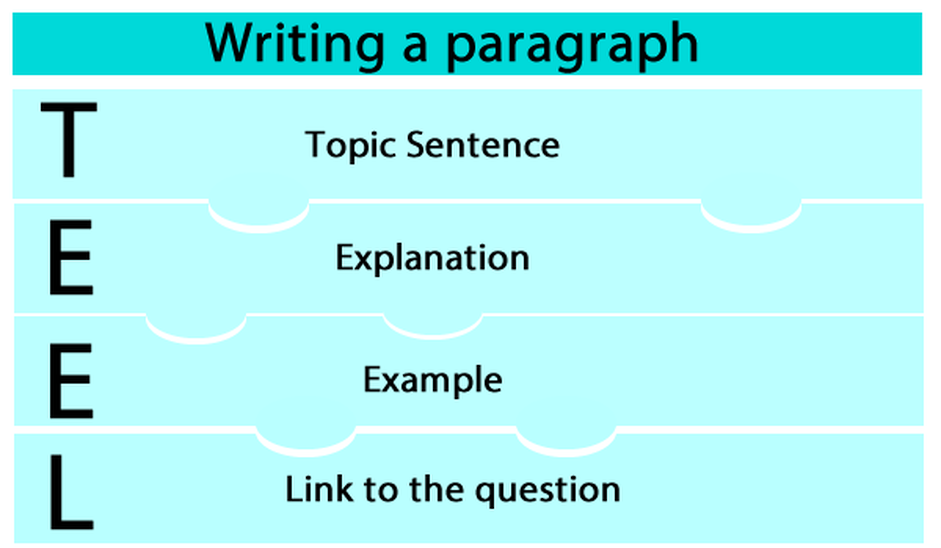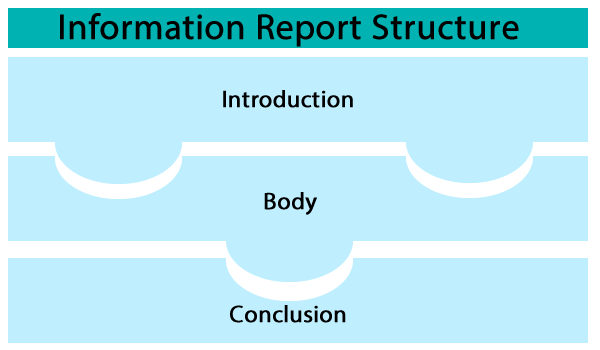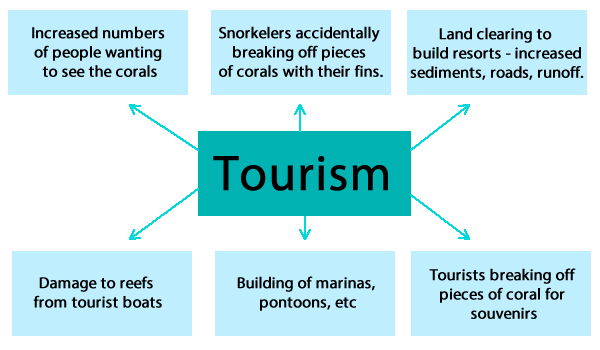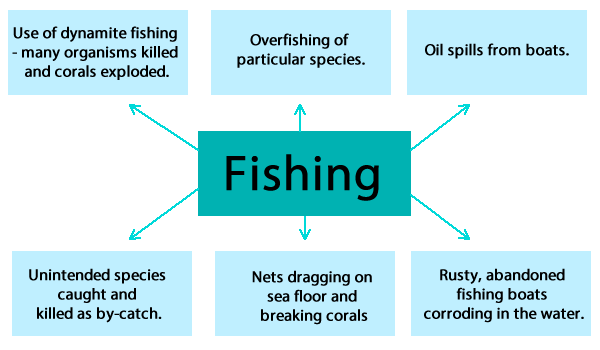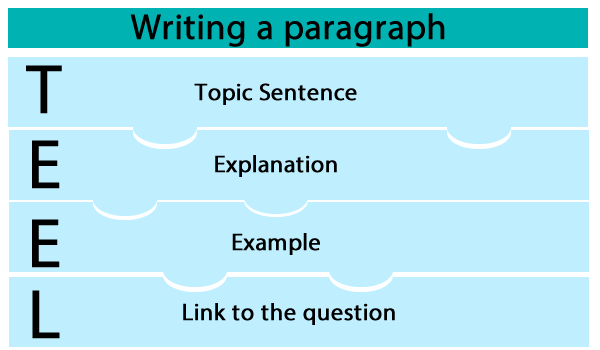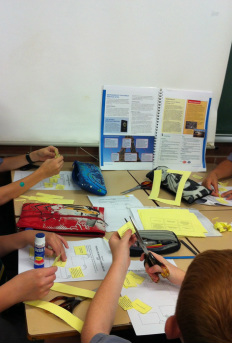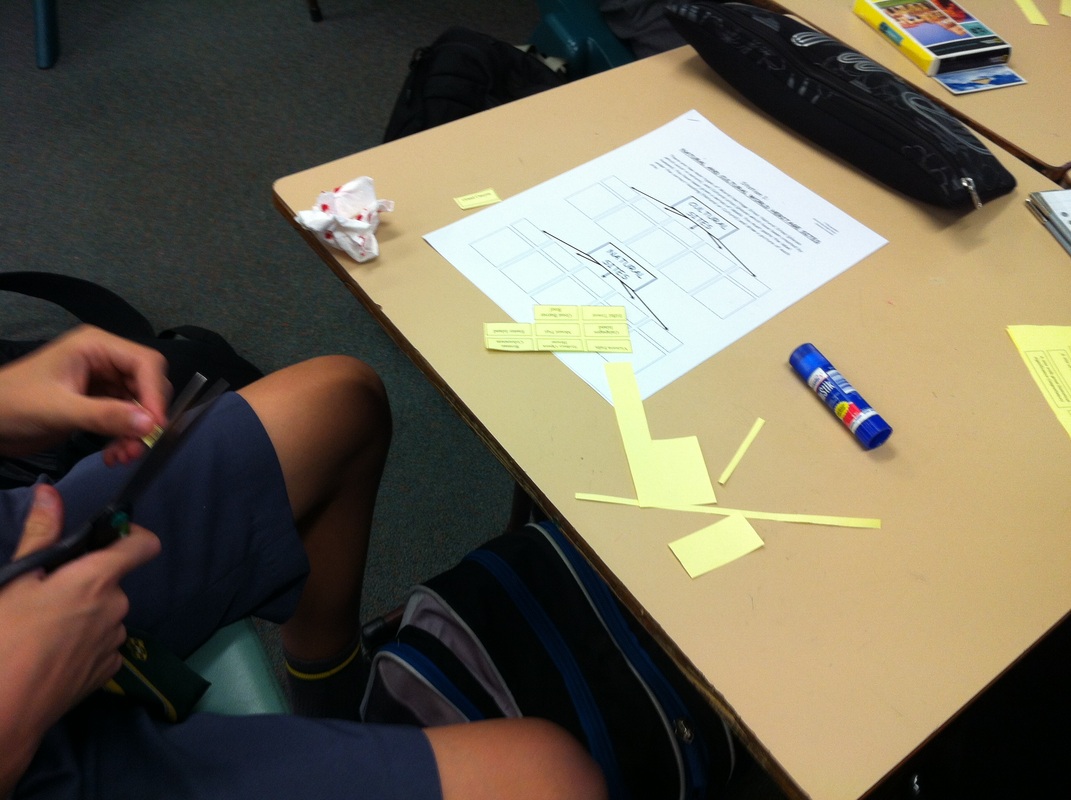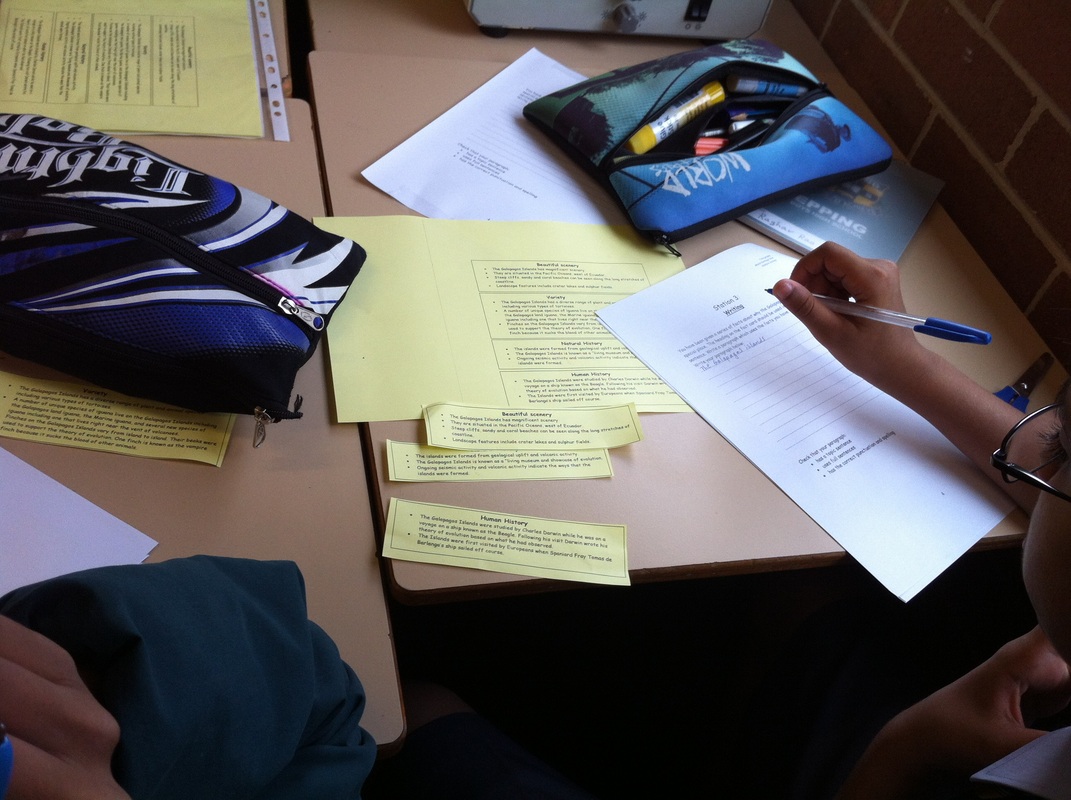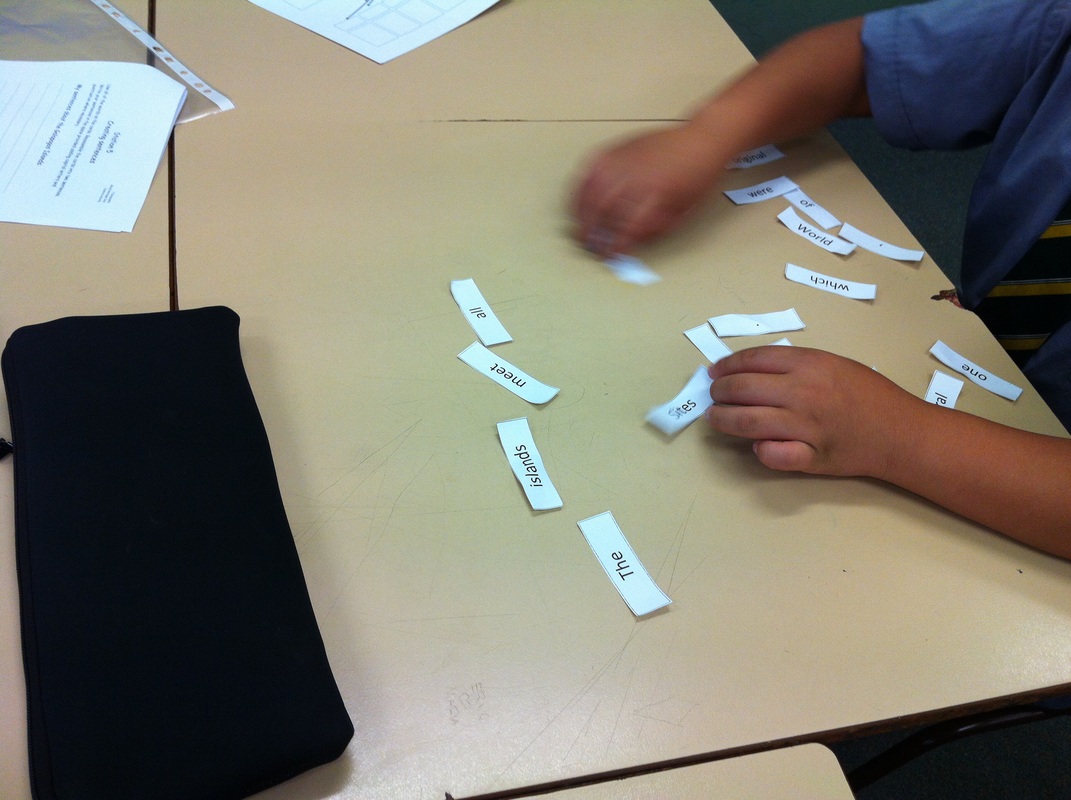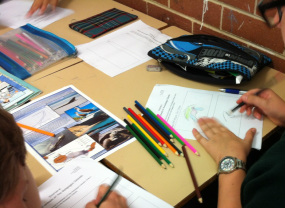|
Discuss the following statement: Price is the most important factor affecting consumer decisions How do you write a discussion? Purpose: To examine issues from more than one perspective and make recommendations based on evidence. For example, are there other factors that also influence consumer decision? Structure: Opening statement presenting the issue Arguments, for and against, including evidence for different points of view (elaboration) Concluding statement and (optional) recommendation Language features: Use of words and phrases such as, however, thus, in addition, similarly, and in contrast. Use terms and phrases with strong modality for your best arguments, e.g. must, should. Use terms and phrases with weaker modality for weaker arguments, e.g. perhaps, may. Preparing for writing: Use the writing scaffold to structure your response.
0 Comments
This is one of a series of posts on the Sustainability Cross Curriculum Project. Other posts in the series include: Sustainability Cross Curriculum Project (CCP) - Intro Sustainability Cross Curriculum Project - Research Techniques Sustainability Cross Curriculum Project - Evaluation Sustainability Cross Curriculum Project - Use augmented reality Sustainability Cross Curriculum Project - Create a multi-level game Sustainability Cross Curriculum Project - Create a sustainability video Sustainability Cross Curriculum Project - Build a sustainability app Sustainability Cross Curriculum Project - Design a sustainability city or town Sustainability Cross Curriculum Project - Overview For a more student-friendly layout visit the Sustainability Cross Curriculum Project website. An important part of the Cross Curriculum Project is that you incorporate information from a range of different subjects. You must choose to include information based on at least two subjects. You can get some inspiration from the subjects listed in the drop down menu under Evaluation, or by clicking on the links below: An evaluation is a judgement about something. When you complete your project, it is important that you don't just list information and write a description. An evaluation means that you need write some basic information about a topic, but then you also need to make a judgement about it. This might involve selecting the most sustainable product or the best solution to a problem. Choose a general topic from the subjects pages. An example might be resources, water or timber. This topic will provide a focus for your end-product (game, app, video, etc). Task: Evaluate how your end-product will make our community more sustainable. In answering this question consider: · How sustainable is your community at present? · How will your end-product make your community more sustainable? · How well does your end-product incorporate information from a range of subjects? · How well do the topics and subjects you’ve chosen relate to the idea of sustainability? Only one evaluation needs to be submitted per group. You should all contribute to the writing of the evaluation. Attached to this page is a drafting page that you can use to formulate your ideas, but you will need to type up the final copy. Writing your evaluation Your evaluation should be set out with an introduction and conclusion and several body paragraphs. Writing your introduction Your introduction should: - be general - outline the main themes of the report - use geographical terms, and - use key terms from the question. Writing your body paragraphs Use the TEEL model to help you write each paragraph. Each paragraph should be about one main theme. The Topic sentence should be a general statement that gives the reader an idea of what the paragraph will be about. The Explanation expands on the topic sentence and provides detail about the paragraph theme. Provide an Example that supports the main themes of your paragraph. Lastly, write a sentence that provides a Link to the question. This sentence will use key terms from the question. Writing your conclusion The conclusion should: - refocus the reader on the question - bring together all of the main points of the evaluation, and - provide a brief summary of the report. Editing your work Spend some time editing your work. Check that it conveys the main messages that you want to get across. Consider the following checklist: My sentences contain a verb and a noun. I have spelled all words correctly. I have used capital letters for proper nouns. I have used capital letters for the beginning of all sentences. I have completed all sentences with a full stop. I have used commas, questions marks, exclamation marks and full stops in appropriate places.
My Year 7 class are currently learning about coral reefs. We have already covered a fair bit of the content, and I thought it might be a good time to cover some specific literacy skills. I wanted to get the students to write a report on threats to coral reefs. If I was to tell my class this directly a few of them could get straight onto the task, however, most of the class would find this task quite daunting. In the first part of the lesson I showed a short video about threats to coral reefs. The students were asked to write down any threats to reefs as they were discussed, I also wrote dot points on the board. We ended up with a fairly comprehensive list of threats, without being overly technical. When the video was finished, we discussed the main themes from the video. As a class, we examined the dot points on the board and tried to categorise the dot points into themes. We put different symbols next to the points to indicate themes. For example, one of the themes was tourism, so dot points such as snorkellers breaking coral, forest cleared to build resorts and damage to reefs from tourist boats, were all allocated the same symbol. We ended up with about about 5 or 6 themes, each with several associated dot points. A few examples: After discussion, we wrote an introduction as a class. We underlined the key terms in the question and discussed what they meant. The students offered up a range of possible sentences that we could use in our introduction. We settled on a few that were general, used some vaguely sophisticated language and key terms from the question. We discussed the key elements of a paragraph. We have completed a similar task earlier in the year. It took a little while for the class to remember the TEEL structure but eventually one of the students pulled out a handout from Visual Arts. They are clearly doing something similar in VA, but it was surprising that they didn't automatically transfer the information from one subject to another, or remember covering it in Geography before. It was just another reminder how often we need to reinforce these literacy skills. I suggested that we should write our first paragraph about the impact of tourism on coral reefs. Each student had to write their own topic sentence. We discussed that the topic sentence needed to be a general statement that gave the reader a sense of what the rest of the paragraph would be about. I asked a few of the students to write their topic sentences on the board and we discussed the pros and cons of each example. Students made suggestions about how to improve the topic sentences.
We repeated the process for the other sentences required for the first paragraphs. The second body paragraph was on the impact of fishing on coral reefs. The class shared their topic sentences again. They were then required to write the rest of the paragraph by themselves without assistance. A few students were asked to read out their paragraphs after the students had been given sufficient time. I gave the students two other topics to write paragraphs about without assistance: removal of mangroves and climate change. We discussed the requirements of a conclusion: refocus the reader on the question, bring together all of the main points of the report and provide a brief summary of the report. Students offered a few appropriate sentences to include in their conclusions and then discussed the pros and cons of each sentence. Student were then required to write their own conclusion. Students were given 5 minutes to re-read their work and make any edits. It was suggested that they check their work for capital letters at the beginning of sentences and for proper nouns, consistent use of tense and use of appropriate key terms. The list of criteria could be changed easily based on the students and their needs. See the student activities. I think teachers often find it hard to find interesting ways to integrate literacy into lessons. You’ll still occasionally hear discussion of “watering down the curriculum”, but I think these days most people are onboard with the idea that literacy and numeracy are the responsibility of all teachers. It is great to see that this idea has been cemented in the Australian Curriculum in the General Capabilities, and in the new NSW syllabuses in “Learning across the curriculum” content. A few years ago, I developed a lesson template that was based on a stations activity rotation. This was part of a much bigger project with a team of great colleagues, that involved developing a lesson sequence based around literacy needs. More on that another day… This activity integrated literacy based activities with the content of World Heritage Sites. Students are placed in groups of 4-5, depending on how big your class is. It has six stations that the students move around to after a set time (about 7-8 minutes give or take).
Station 4
Students are given a series of words, each on a separate piece of paper. They must use all of the words provided, and arrange them in the correct order to make a sentence. They must also correctly place the punctuation marks. Station 6
I usually find that students quite enjoy this lesson. I know it isn’t brain surgery, but it covers some of the content and addresses literacy in several different ways. The activities can obviously be changed to suit the needs of your particular students. As I teach all boys, the fact that the activity requires a lot of movement really engages them, and I actually enjoy how this lesson unfolds.
|
Categories
All
Archives
May 2024
|
||||||||||||||||||||||
